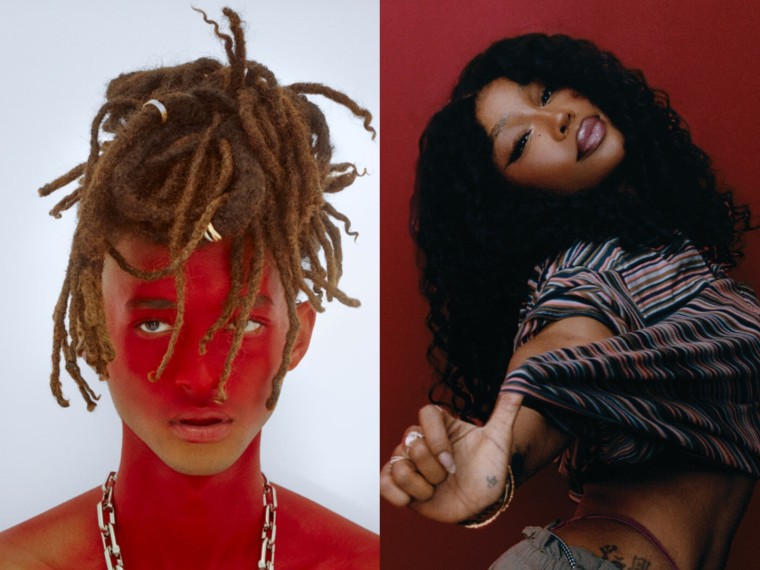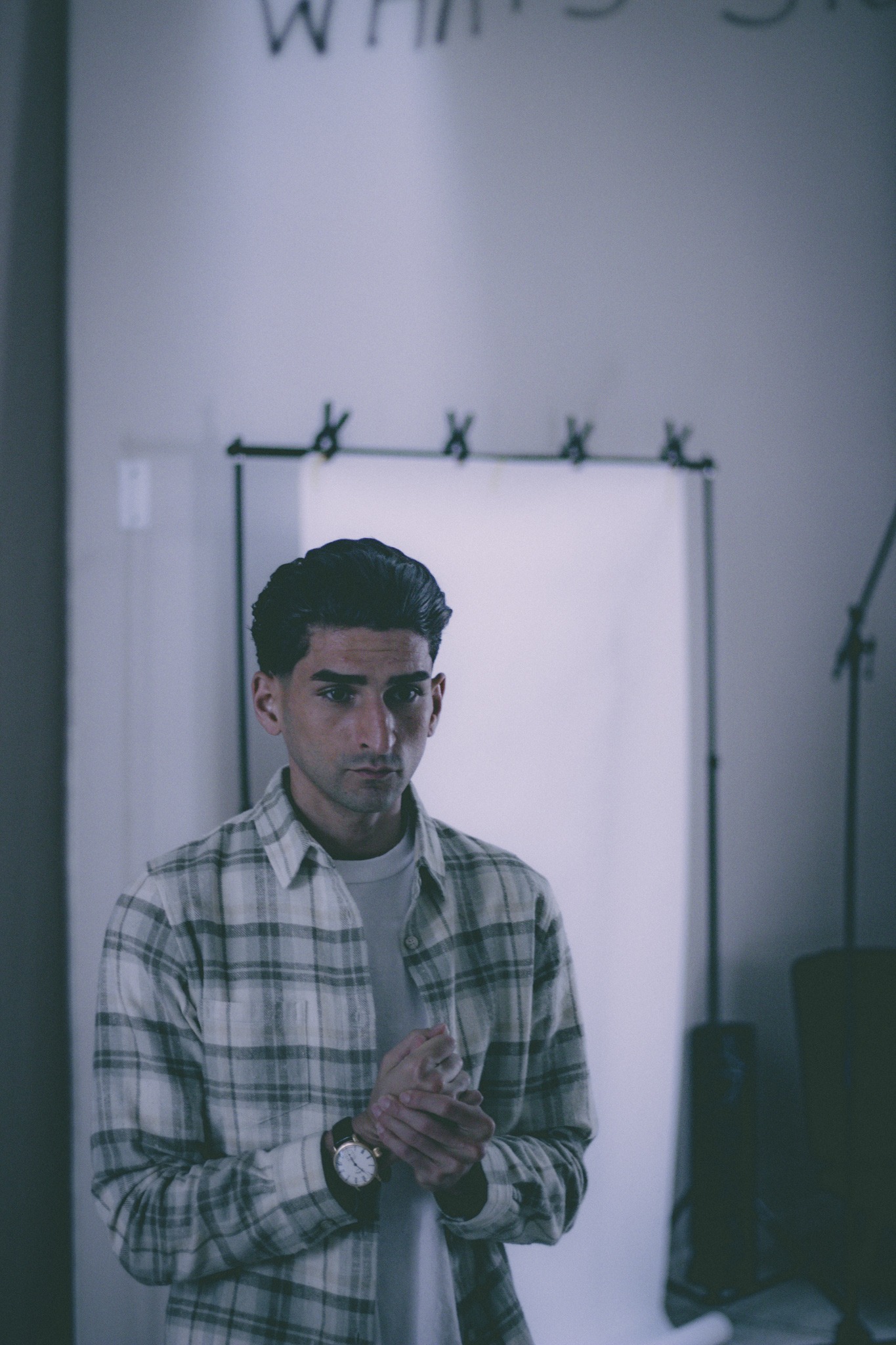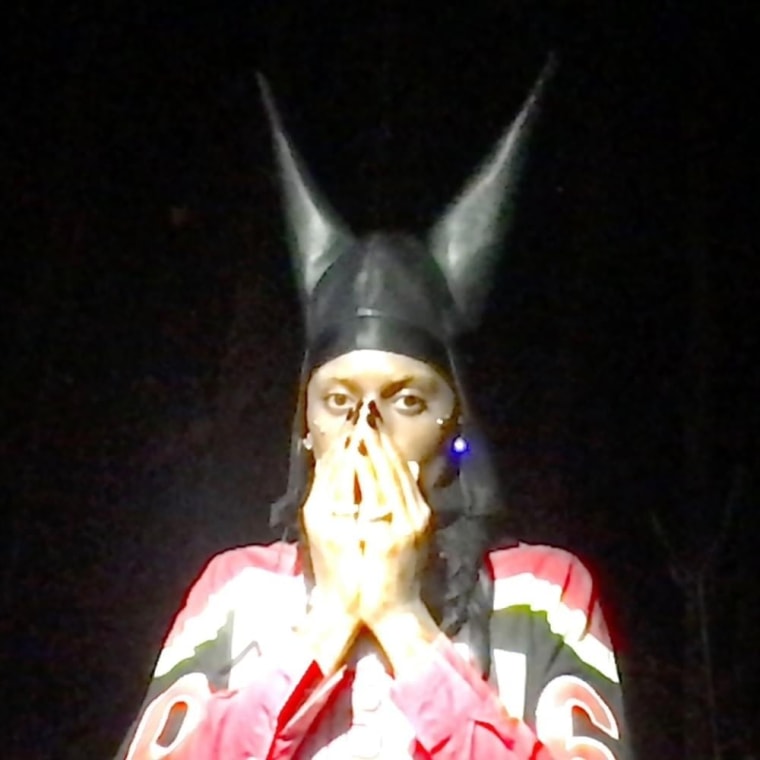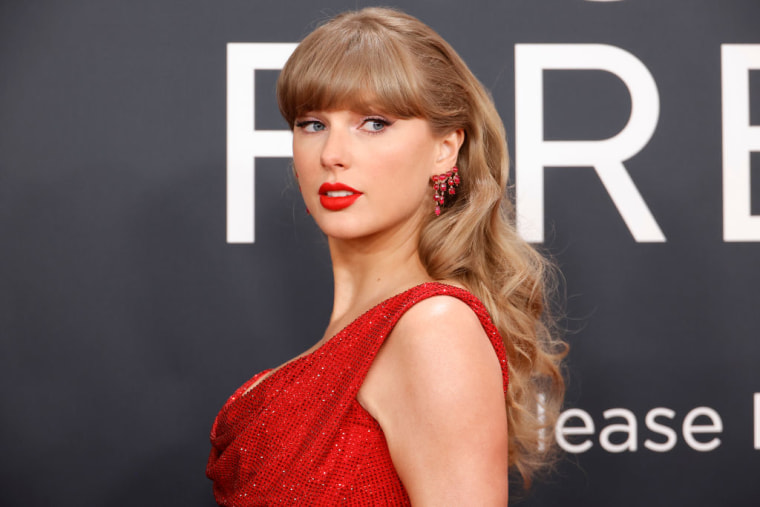Photos by Christian Louboutin/ Vans
When Christian Louboutin appointed Jaden Smith to be the brand’s first-ever men’s creative director in September, it stirred a flurry of discourse. The musician and actor has a decorated resume in fashion: He’s worked with Louis Vuitton, created a denim line with G-Star in 2018, and established a streetwear brand, MSFTSrep (now MIA). But the news of his sudden appointment was unexpected for fashion aficionados; Louboutin’s high-luxe aesthetic differs greatly from Smith’s laid-back look, after all. Yet the announcement tracks as an example of a growing trend in fashion: musicians and celebrities running the show to become fashion’s new vanguard.
In the past year alone SZA was appointed an artistic director for Vans, Central Cee, a creative director for BAPE® x SYNA World capsule collection, and A$AP Rocky secured a new gig at Ray-Bans (despite a seven-year music hiatus). Rihanna has continued her tenure at Puma on top of her many successful ventures, Tyler, the Creator is neck-deep in his brand, le FLEUR*, Cardi B is still at Playboy (though her hire proves to bear little fruit), and Pharrell — with decades of experience at Billionaire Boys Club and other streetwear labels — is redefining post-Virgil Abloh menswear at Louis Vuitton. What gives?
A traditional creative director acts as the de facto glossy “face” of their respective brand. Their tasks include spearheading artistic decisions, managing a team to design collections every season, and elevating a brand’s creative direction and messaging to the masses. But in 2025 they’re also addressing an industry-wide issue: According to a trend report by public relations firm Karla Otto and The Independent, consumers are “beginning to feel overwhelmed or uninspired” by luxury fashion, and are forecast to decrease their spending in these categories in the next three years. The solution, posits Vogue Business, is new creative directors who “will immediately launch a new creative era and drive a sales uplift from the very first collection.”
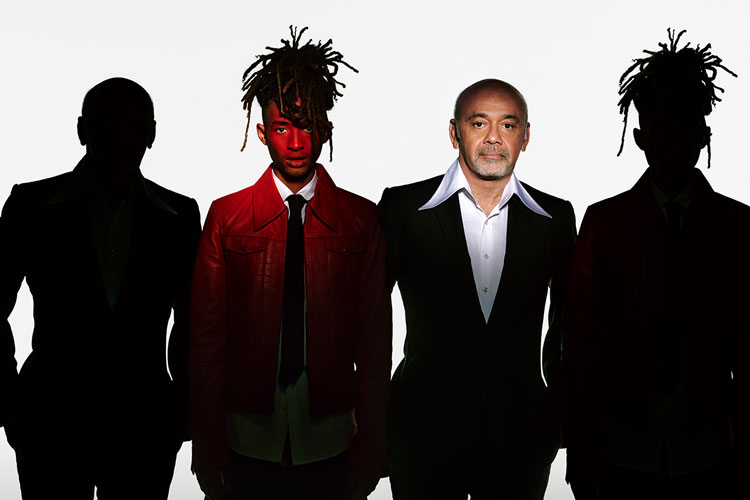
Jaden Smith was appointed the first-ever men’s creative director at Christian Louboutin.
Photo by Christian Louboutin
The appointment of celebrities makes more sense if examined through this lens; it has little to do with the clothes and everything to do with garnering buzz for the brand. Professionally trained designers are no longer needed at the top of the totem pole; A-listers with a moldable vision and a solid fanbase are highly coveted in a community and fandom-driven world. It’s why we’re seeing Maison Margiela, a fashion house known to be anti-mainstream, enlist Miley Cyrus as its inaugural celebrity ambassador.
But whether star power is enough to alter the fate of a fashion brand is up for debate. Fashion journalist Shelton Boyd-Griffith believes that celebrities are devaluing the role of the creative director, and offering little real benefit to the brands they’re paid to uphold.
“Celebrity culture and fashion have always flirted, but I personally don’t think that in today’s climate, celebrity ambassadors or collaborations truly benefit brands beyond the cultural cachet they provide,” he says.
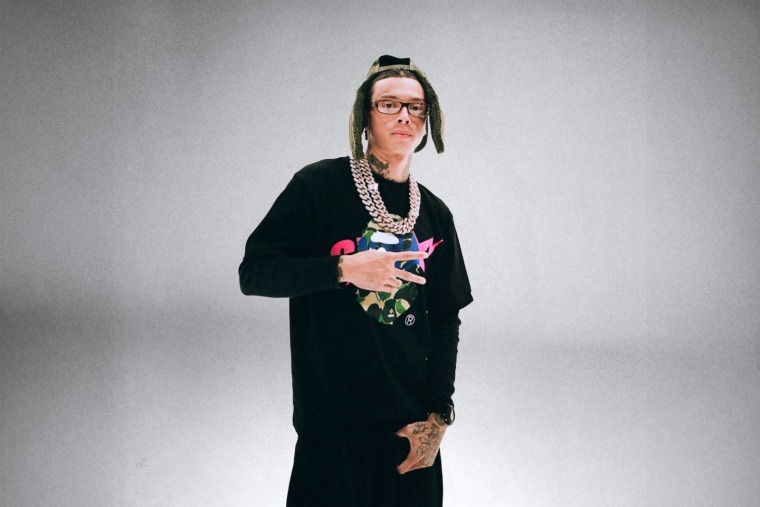
Central Cee will creative direct his BAPE® x SYNA World capsule collection, set to launch later this year.
Photo by BAPE
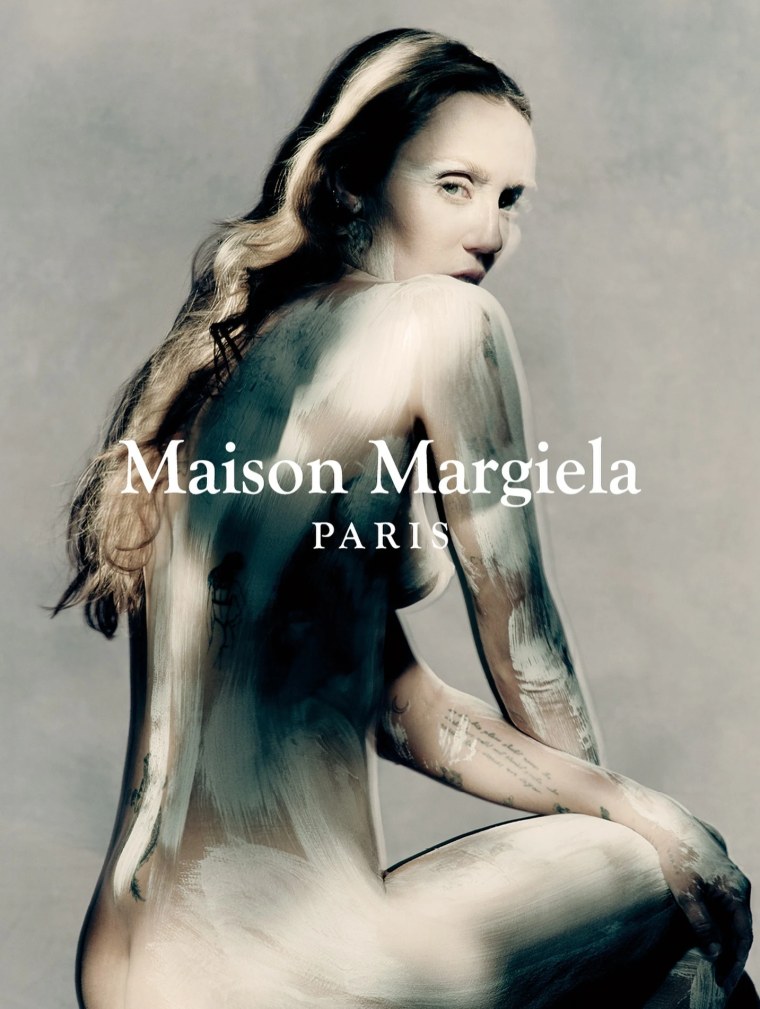
Miley Cyrus as the first celebrity face of Maison Margiela.
Photo by Maison Margiela
Leading a brand is more than having good taste or impeccable personal style, it requires actual skills like planning collections and managing a label’s legacy. Celebrities may generate constant online chatter and clicks but that doesn’t always translate into sales, Boyd-Griffith points out. At a time when tariffs run high and everyone’s feeling the squeeze, “consumers aren’t rushing out to buy a product just because a celebrity is attached, unless it’s with a more accessible high-street brand,” he adds. “These partnerships often feel like buzz noise.”
Boyd-Griffiths predicts that we’ll soon see the pendulum swing back in favor of the technically trained. “In reality, the industry is moving in the opposite direction. We’re seeing a renewed focus on ‘designers’ designers, those who’ve had their heads down, cutting their teeth in-house at brands for decades,” he says. This season alone, several such names made their debuts like Nicholas Aburn at Area, Dario Vitale at Versace, Miguel Castro Freitas at Mugler, and more.
In an algorithm-driven world, celebrity appointments make sense on a superficial level that’s yet to bring real dividends back to brands. What is clear is that the industry is in crisis mode: As white male creative directors play musical chairs with high-end brands, tapping musicians to helm one of fashion’s top seats feels like a different side of the same coin. Fame alone might not be enough to sustain a fashion brand, but perhaps it’s a risk worth taking anyway.

